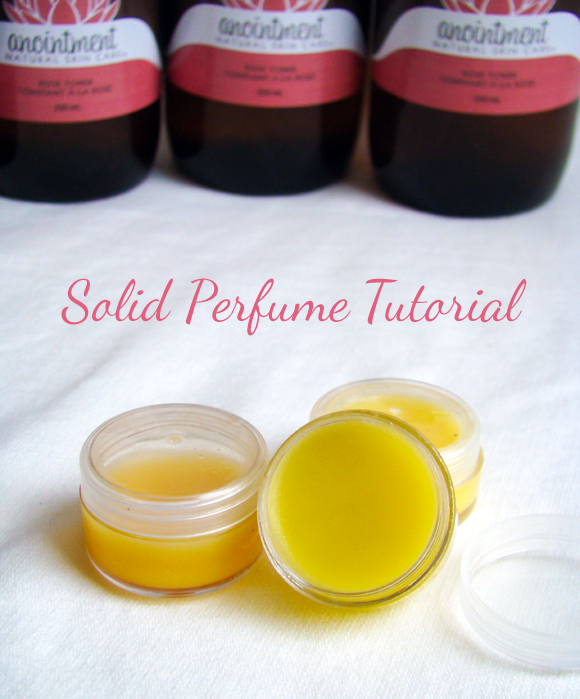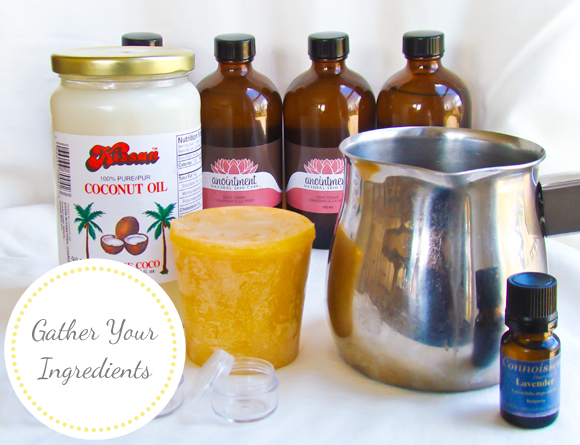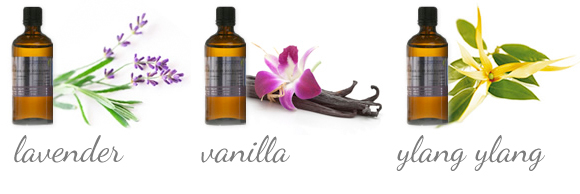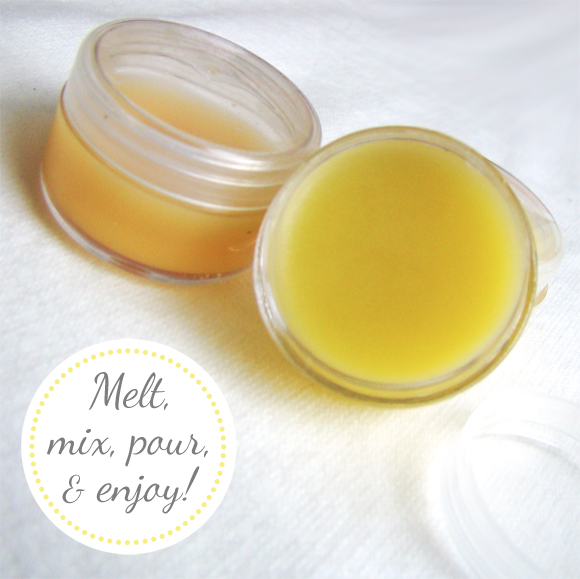There is a subtle bio-energy that flows through all organic life. It goes by many names and is sometimes referred to as Chi or life force. This energy is expressed as an electromagnetic vibrational frequency – and pure essential oils have the highest frequencies of any measured natural substance.
What is vibrational frequency? And why do we care about it?
A review of our grade school science lessons reminds us that everything vibrates. Every atom in the universe has a specific vibratory or periodic motion. Each periodic motion has a frequency (the number of oscillations per second) that can be measured in Hertz. Every element in the Periodic Table has a specific vibratory frequency.
Most plants (and animals) use enzymes to break down molecular components during their life processes. And each of these enzymes has a unique crystalline form with a specific vibratory frequency.
The vibrational frequency of an oil reflects the integrity of these elements and enzymes embodied within its substance –its bio-energy or life force and its original intent. This factors into an oil’s potential therapeutic value.
Measuring Vibrational Frequencies
During his work with plants, soil, and water in his agricultural projects, Bruce Tainio of Tainio Technology invented and built a machine called a BT3 Frequency Monitoring System. This device – modified and perfected over the years - used a highly sensitive sensor to measure bio-electrical frequencies of plant nutrients and essential oils.
To summarize how it worked - As a Hertzian wave is generated and travels out from its source, it transfers energy to the objects it passes through. The frequency monitor’s sensor measures the nano voltage of that wave, using the predominant frequency in the megahertz range, filtering out the lower and higher ranges. The BT3 measures the composite frequency of the vibratory emissions in electrical voltage – MHz - of the elements and enzymes remaining in the oils.
See - www.coherentresources.com/bt3_monitor.php Although Tainio no longer produces the BT3 Monitor for reasons noted on the website, the findings gleaned from his research conducted over the years with this device are remarkable.
For example, here are the average frequencies of some of the therapeutic grade essential oils that have been measured:
- Rose (Rosa damascene).....................320 MHz
- Lavender (Lavendula angustifolia)........118 MHz
- Myrrh (Commiphora myrrha)................105 MHz
- Blue Chamomile (Matricaria recutita).....105 MHz
- Juniper (Juniperus osteosperma)............98 MHz
- Aloes/Sandalwood (Santalum album)......96 MHz
- Angelica (Angelica archangelica)...........85 MHz
- Peppermint (Mentha peperita)..............78 MHz
- Galbanum (Ferula gummosa).................56 MHz
- Basil (Ocimum basilicum)......................52 MHz
The measured frequencies of essential oils begin at 52 MHz, the frequency of basil oil, and go as high as 320 MHz — the frequency of rose oil. For comparison, fresh produce has a frequency up to 15 MHz, dry herbs from 12 to 22 MHz, and fresh herbs from 20 to 27 MHz. Processed and canned foods have no measurable frequency whatsoever.
Human Electrical Frequencies and Fields
Dr. Robert O. Becker, in his book The Body Electric, tells us that the human body has an electrical frequency, and also that much about a person's health can be determined by its frequency levels.
In addition to his plant studies, Tainio developed a way to use his machine to measure human electrical vibrational frequency by taking readings on various points of the body and averaging those numbers together. His measurements indicate that the daytime frequency of a healthy human body vibrates in the range of 62 to 68 MHz.
Intriguing as Tainio’s research is, its foundation may have been laid in the early years of the 20th century by Dr. Royal R. Rife, M.D. (1888-1971). Dr. Rife conducted research with a machine he developed called a “frequency generator” that applies currents of specific frequencies to the body. He concluded that every disease has a specific frequency.
According to Dr. Rife every cell, tissue and organ has its own vibratory resonance. Working with his frequency generator, he found that specific frequencies would destroy a cancer cell or a virus. His research demonstrated that certain frequencies could prevent the development of disease, and that others would neutralize disease.
Bjorn Nordenstrom, a radiologist from Stockholm, Sweden, discovered in the early 1980s that, by putting an electrode inside a tumor and running a milliamp of DC current through the electrode, he could dissolve a cancer tumor and stop its growth. He also found that the human body had electropositive and electronegative energy fields.
Studies conducted in 1992 by Tainio Technology, as an independent division of Eastern State University in Cheny, Washington, reinforce the findings of these earlier researchers. Tainio and colleagues determined that when a person's frequency drops below the optimum healthy range, the immune system is compromised. Findings supported by this research indicate that:
- Human cells can start to change (mutate) when their frequency drops below 62MHz.
- 58 MHz is the frequency of your body when you have a cold or the flu.
- When candida is present within your body, you vibrate at a frequency of 55MHz.
- 52 MHz is the frequency of a body with Epstein-Barr virus present.
- 42 MHz is the frequency of a body wherein cancer can appear.
- When the death process begins - the frequency has been measured at 20 MHz.
Effects of Outside Influences on Body Frequency
The study of frequencies raises an important question – how do the frequencies of substances found in our environment affect our personal frequency? Based on his studies, researcher Nikola Tesla said that, if we could eliminate certain outside frequencies that interfered in our bodies, we would have greater resistance toward disease.
Pathogens have a low frequency. Pollutants - both particulate and radiation (EMF) - lower a healthy frequency. Processed and canned food having a frequency of zero can greatly diminish a person's own frequency.
Even thoughts and feelings have a vibratory quality that forms a measurable frequency. A negative mental state can lower a person's frequency by 10-12 MHz.
Likewise, a substance or influencing factor - such as thoughts, emotions, and frequency devices - in our internal and external environments can also serve toraise our frequencies. For example, a positive mental attitude, prayer or meditation can raise it by 10-15 MHz.
A substance with a higher frequency can raise a lower frequency due to the principle of entrainment - the tendency for two oscillating bodies to lock into phase so that they vibrate in harmony. This principle is key to understanding the effect essential oils can have on our personal electromagnetic frequency.
However, different types of frequencies can have a chaotic or a harmonizing effect on our own systems. When something vibrates at many dissonant frequencies, it produces “chaotic or incoherent frequencies.” (David Stewart,The Chemistry of Essential Oils Made Simple).
For example, all of the electrical devices in your home – lamps, television, radio, phone, microwave – emit electromagnetic vibrational frequencies that are incoherent and chaotic. Their effect is to fracture the human electrical field.
By contrast, Dr. Rife’s frequency generator and most naturally occurring substances –including essential oils – have coherent frequencies that resonate harmoniously with the electrical field of the human body.
The Healing Process and the Subtle Energy Nature of Essential Oils
The human body vibrating within its normal vibratory range between 62 and 68 MHz is considered in a state of health. But energy disturbances in the subtle bodies will actually precede the appearance of disease and illness in the physical body.
The normally harmonious coherent frequencies of the body easily go out of “tune” when a person experiences physical or emotional stress. A blockage of the flow of life energy – characterized by inflammation, irritation and illness – can result. When the human frequency range drops below the norm of 62 megahertz, this is when abnormal processes can begin to develop.
When disease and illness are present, they may manifest as chemical imbalances. But underlying this is an electromagnetic imbalance that has altered the specific vibrational frequencies of molecules, cells, tissues and organs within the body.
Properly “retuning” the body to its original frequency brings it into balance and restores its natural harmonic resonance – illness either doesn’t manifest or is resolved.
Dr. Richard Gerber MD, author of Vibrational Medicine, tells us that one of the best ways we can change dysfunctional patterns in our energy bodies is to administer therapeutic doses of “frequency-specific subtle energy in the form of vibrational medicines.”
And researcher Jim Oschman, PhD, who wrote Energy Medicine, refers to natural substances from the plant kingdom he calls “energetic pharmacology” (as distinguished from chemical pharmacology). Therapeutic grade essential oils produce coherent frequencies that are naturally tuned to the health of our bodies. Pharmaceuticals and synthetic oils do not.
The intention of this healing process is to provide the correct frequency that will bring the body back to a state of coherence, to a state of equilibrium. Terry Friedman, in his book, Freedom Through Health tells us that raising our vibrational frequency aids in “restoring health to the body, clarity to the mind and attunement to the spirit.”
By applying an essential oil with a particular frequency to the human body – through the principle of entrainment - the oil’s higher frequency will raise the vibratory quality of that individual. When several oils are blended together, each having a different MHz frequency, a frequency will emerge that may be higher or lower than the various components. The therapeutic properties create special vibrational remedies capable of healing or rebalancing the body/mind/soul/spirit.
And because each oil has a specific frequency, and our organs and body systems and the nutrients needed to maintain optimum health each have their specific frequencies, the oil's electrical affinity to these components of our bodies will enhance and support these organs and body systems, and will aid in the assimilation of nutrients.
Essential oils in the higher frequency ranges tend to influence the emotions. EOs in the lower frequencies have more effect on structural and physical changes, including cells, hormones, and bones, as well as viruses, bacteria, and fungi.
Essential oils don’t resonate with the toxins in our bodies. This incompatibility is what helps eliminate the toxins from our systems. Neither do they resonate with negative emotions. So they can help dislodge forgotten traumas by surfacing them in our consciousness where we can deal with them and let them go.
Clinical research shows that essential oils have the highest frequency of any natural substance known to man, creating an environment in which disease, bacteria, virus, fungus, etc., cannot live. I believe that the chemistry and frequencies of essential oils have the ability to help man maintain the optimal frequency to the extent that disease cannot exist.
Gary Young of Young Living Essential Oils
The beauty of using therapeutic grade essential oils to restore coherent healthy vibrational frequencies to the body is that they are:
- Affordable
- Accessible
- Effective
- Versatile
Essential oils offer us a natural way to restore our body's healthy electromagnetic vibrational frequency. The elegance of their holism allows for easy functionality in our daily lives. Their constant subtle presence gently resonates with our body’s electrical fields aiding and restoring harmonic health and well-being on all levels.










